Kraft Paper Bags
VidePak manufactures kraft paper bags for heavy-duty packaging, ranging in weight from 5 kg to 60 kg. Kraft paper bags, also known as paper sacks, are durable packaging containers for various application, especially powdered or granular materials such as cement, foods ingredient and chemicals.
Our product portfolio includes brown, white, and multi-layer kraft paper bags, PE-coated paper bags, Kraft paper laminated PP woven bags, and kraft aluminum foil composite bags, available in both valve and open-top designs. These bags are primarily used for packaging essential goods in the construction, food, agricultural, and chemical industries. VidePak utilizes W&H production lines in Germany, producing over 100 million kraft paper bags annually in compliance with ISO 9001 standards.
According to specification, we offers:
- Multi-layer kraft paper bags;
- Kraft paper valve bags;
- PE-coated kraft paper bags;
- Kraft paper laminated PP woven bags;
- Kraft paper laminated aluminum foil bags.
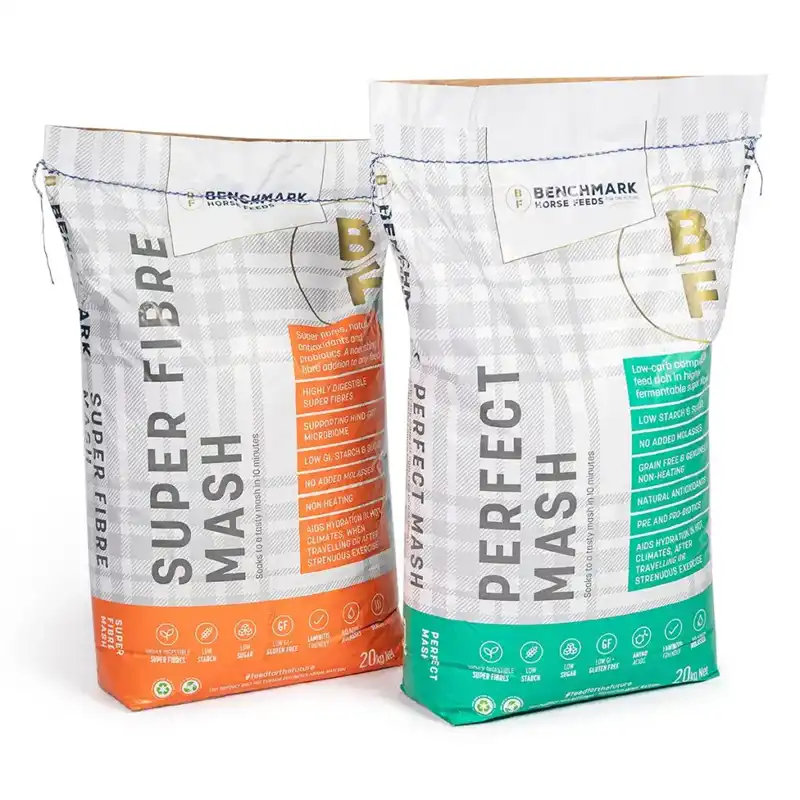
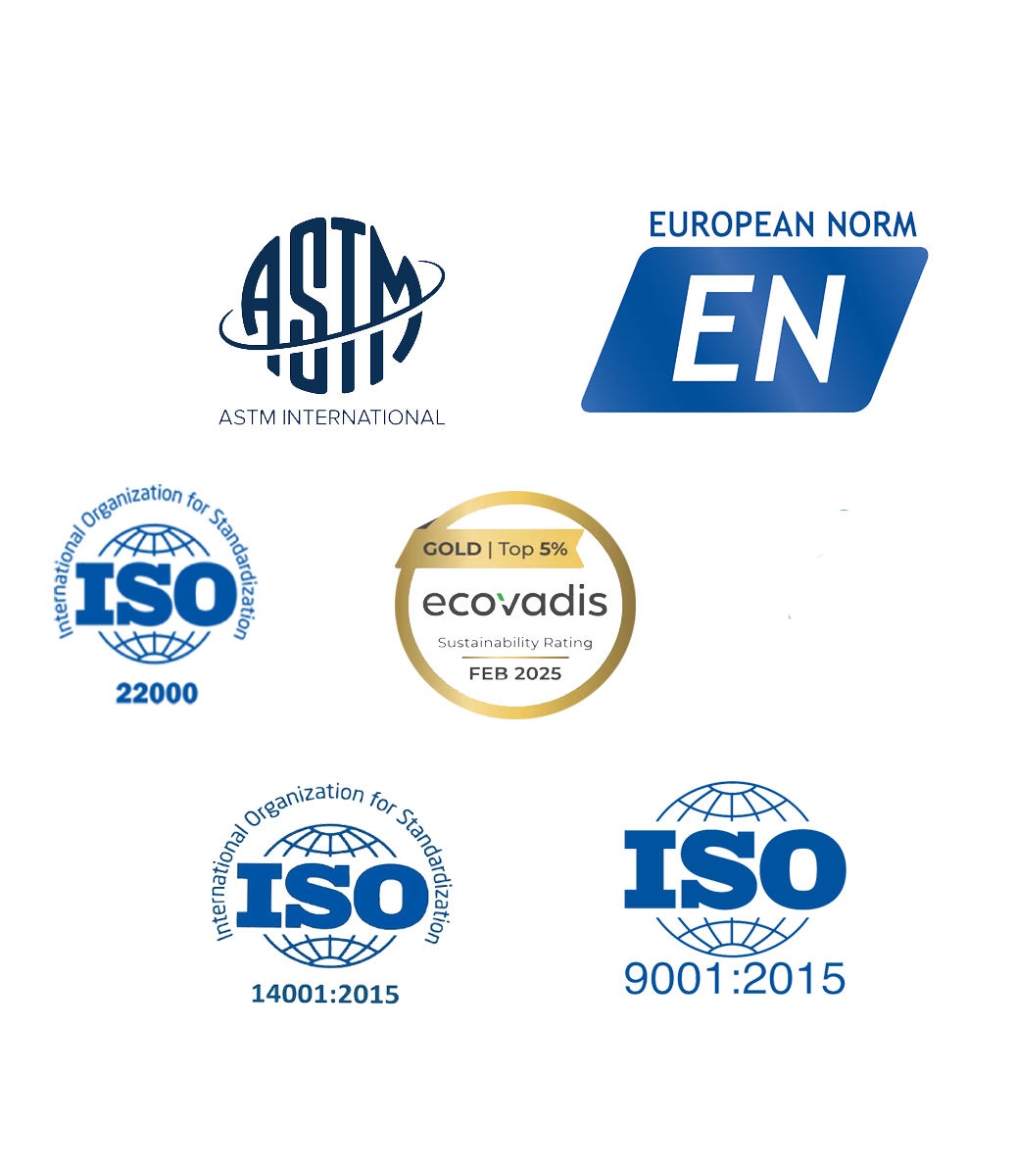
Customizable Designs:
- Flat Type: optimizes stacking & branding.
- M-type gusset: very popular options for kraft paper sacks
- Paper tape stitching: more eco-friendly, durable, sustainable
- Heat-sealed tape stitching: heat-sealed tape stitching for durable kraft sacks.
- Sewn open mouth(SOM): a kind pf open mouth sacks by closing sewing thread.
- Block Bottom: a very popular options for SOM kraft paper bags and valve bags
- Pasted Valve: offers paper insert, sonic seal, tuck-in, poly-lock
- PE Liner: sleeve in & pasted inner bags are both available
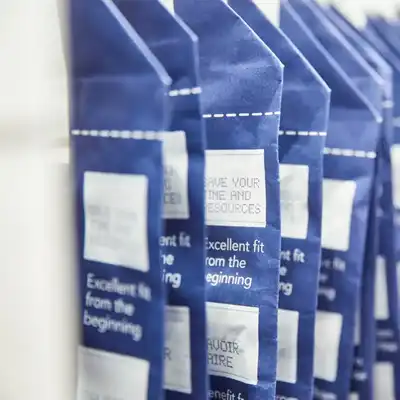
Flat Side
Flat side is a popular option for SOM paper bags and valve bags
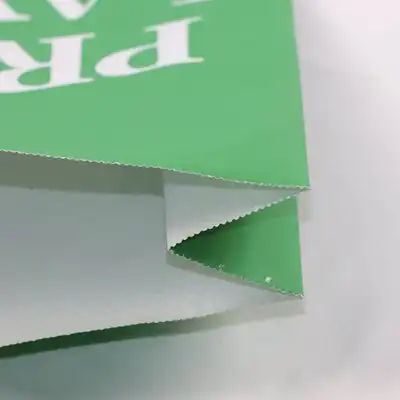
M-Gusset Side
M type gusset side is normally used for SOM bags
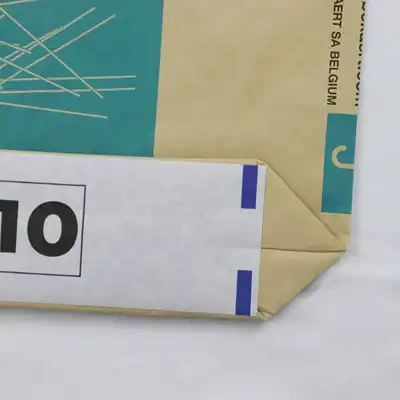
Block Bottom
Pasted block bottom is very popular in SOM kraft paper bags and valve bags
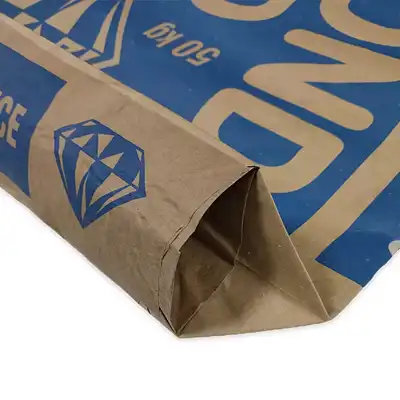
Valve Designs
Offer multiple design like Paper Insert, Sonic Sealing, Tuck-In, Poly-Lock
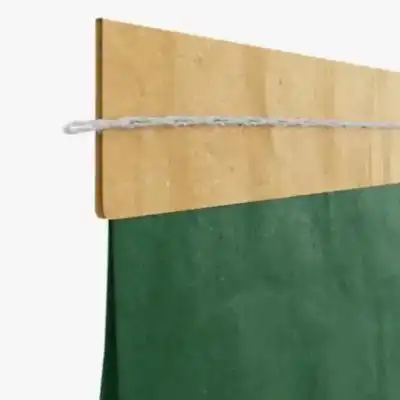
Stitching designs
Offer fold-over, heat sealed, and paper tape stitching
Different Types of Kraft Paper Bags
Explore a wide range of services tailored to your needs.
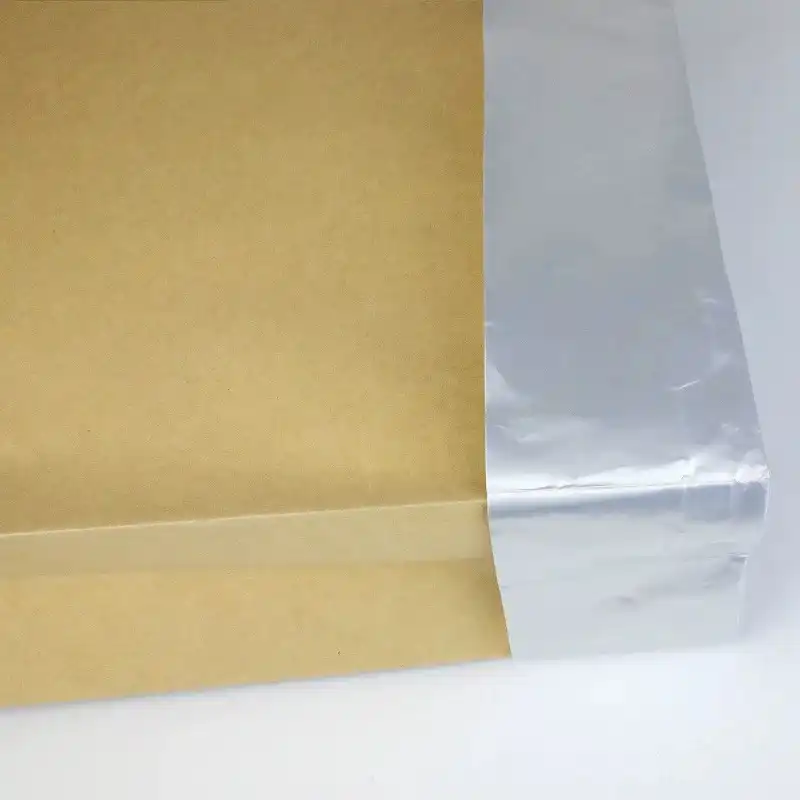
Kraft Paper Aluminum Foil Bags
Kraft Paper Aluminum Foil Bags, also called Aluminum laminated kraft paper sacks, combine kraft paper, aluminum foil, and a heat-sealable film for moisture-proof and light-blocking protection.Perfect for high-value products needing extra durability and a polished appearance.
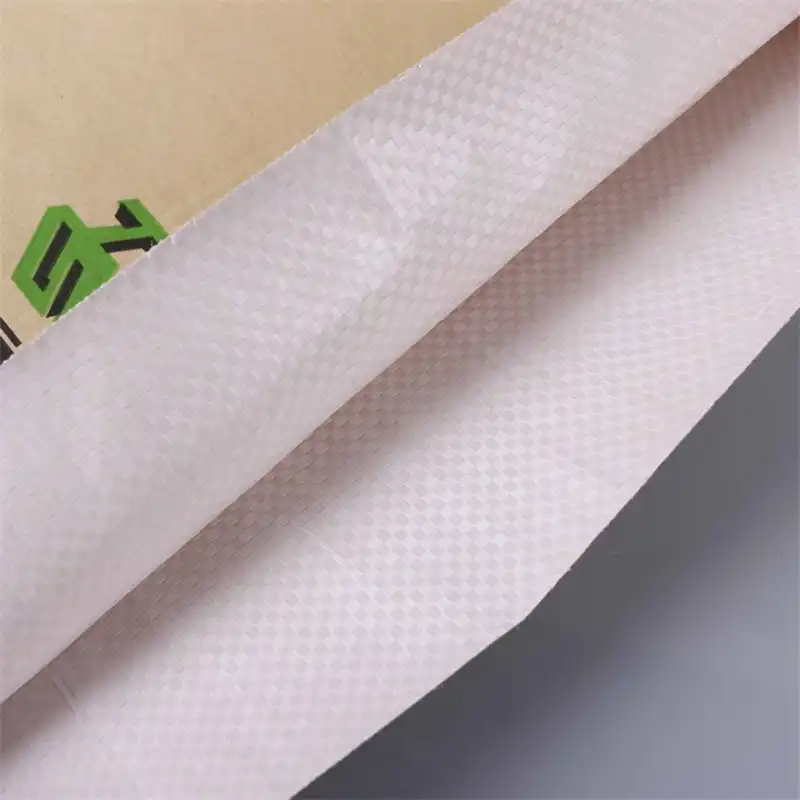
Kraft Paper Laminated Woven Bags
Also called Poly-paper bags, and the combination of woven polypropylene and kraft paper provides exceptional strength and tear resistance, making these bags ideal for heavy-duty packaging.
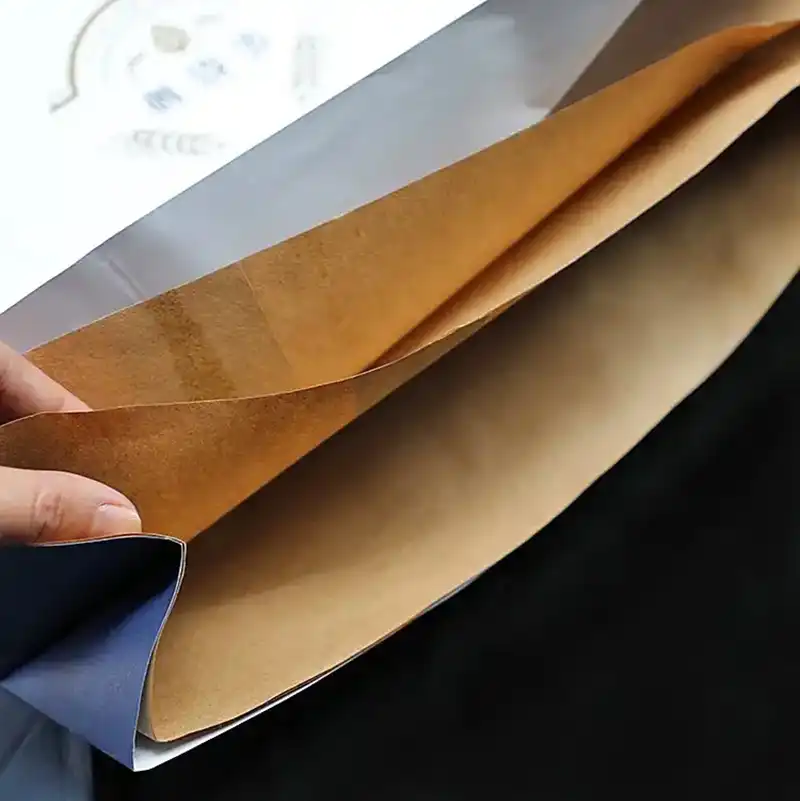
Multi-Wall Kraft Paper Bags
They are also called Multi-Layer Kraft Paper Bags or Multi-ply kraft paper bags, are made from two to four layers of kraft papers. They can be pasted by a plastic PE liner as well, and are widely used for heavy-duty packaging. Made of a single material (kraft paper), recyclable and environmentally friendly.
Why Choose Us
17 Years
Production Experience in PP Woven Bags
Starlinger & W&H
Best Equipments from Satrlinger & W&H.
300 Million pcs
Massive Production Capacity.
Customization
Printing, Size, Thickenss, Bottom Pattern etc.